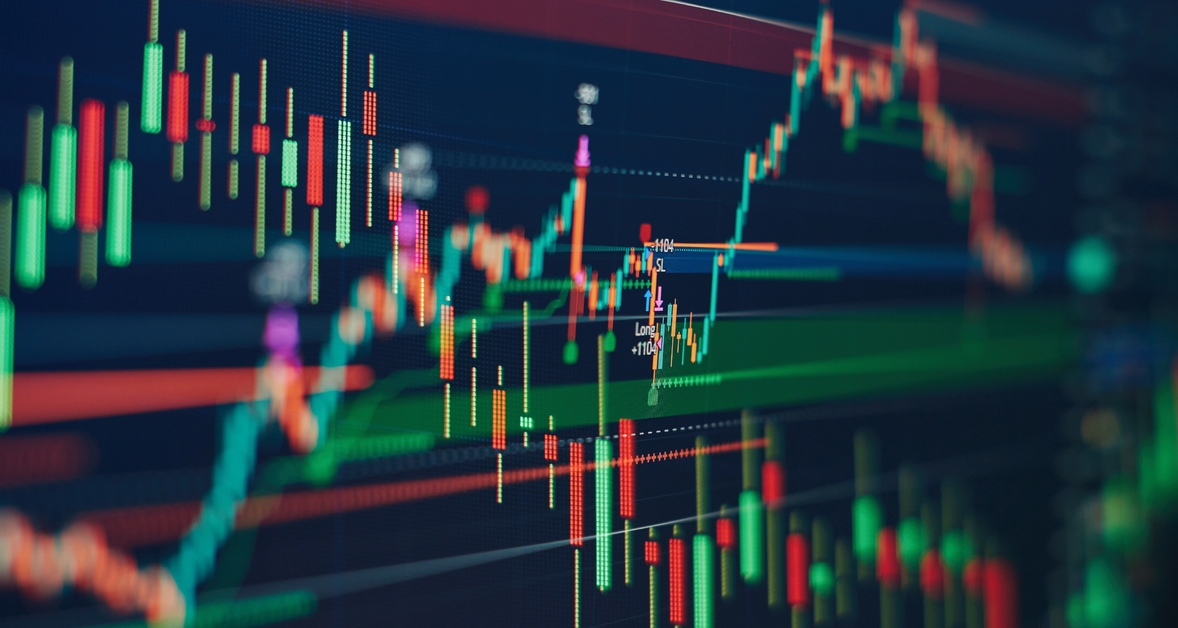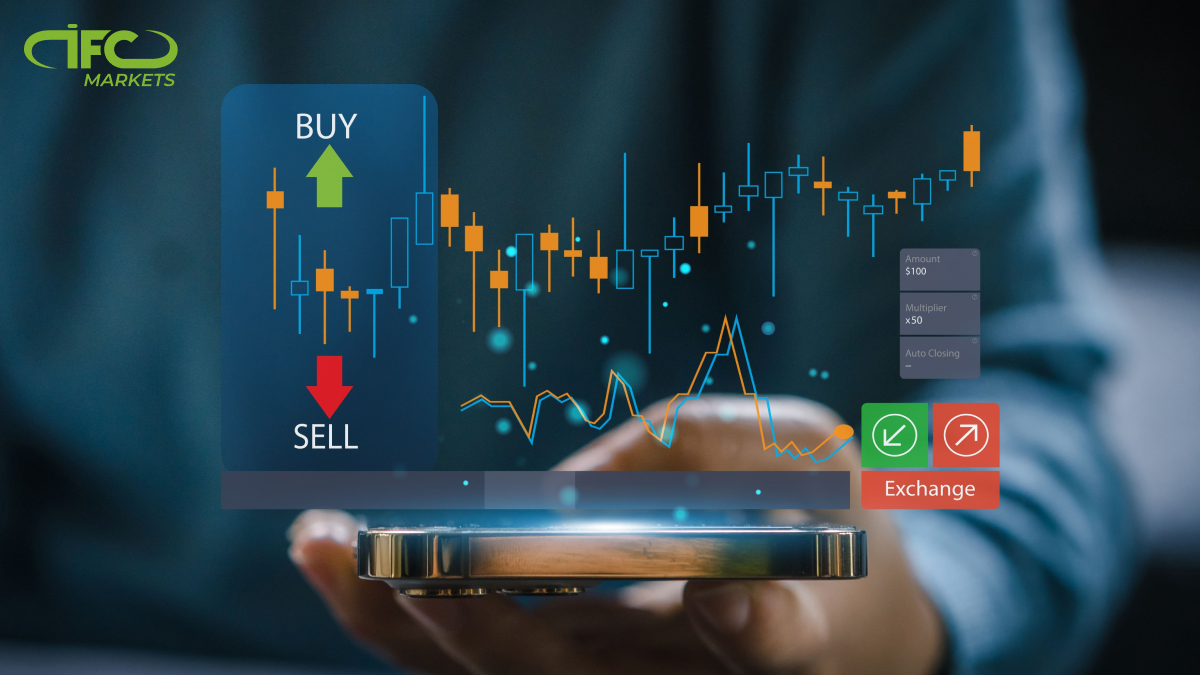The forex market, typically referred to as Forex or FX, is the greatest and most fluid financial industry in the world. It involves the change of one currency for another and runs internationally, 24 hours a day , five times a week. Whether you're a starter or looking to understand how this massive market functions, it' ;s essential to understand its primary components and mechanics.

What is Forex Trading?
Forex trading is the method of shopping for and offering currencies with the goal of creating a profit. Currencies are traded in sets, such as for instance EUR/USD (Euro/US Dollar), wherever one currency is changed for another. When you trade Forex, you're speculating on whether the value of one currency will rise or drop when compared with the other.
For example, if you imagine the Euro may improve against the US Buck, you might buy the EUR/USD pair. If the Euro indeed likes, you may then offer the couple at a higher value, thus making a profit.
How the Forex Market Operates
The Forex market is decentralized, indicating it has number central bodily location or exchange. Instead, it features through a worldwide network of banks, economic institutions, corporations, governments, and individual traders. That decentralized character allows the market to be start repeatedly from Saturday morning to Friday night.
The Forex industry is generally divided into three key trading sessions: the Asian, Western, and North American sessions. These periods overlap at various occasions during the day, leading to higher trading sizes and increased volatility, which can present more opportunities for traders.
Significant Currency Sets and Industry Participants
There are three major types of currency sets: important, modest, and exotic. Important sets involve the many exchanged currencies internationally and generally contain the US Buck, such as for example USD/JPY, GBP/USD, and AUD/USD. Modest sets do not include the US Buck but consist of other key currencies, like EUR/GBP or AUD/NZD. Unique pairs require one significant currency and one currency from an inferior or emerging economy.
The key individuals in the Forex market contain key banks, industrial banks, economic institutions, multinational corporations, and individual retail traders. Central banks perform a significant position in influencing currency price by setting interest rates and utilizing monetary policies. Retail traders accessibility the market through brokers, using programs that provide real-time quotes and instruments for analysis.
Factors That Influence Forex Prices
Several factors can trigger changes in currency prices. These include economic signs such as fascination charges, inflation, employment data, and GDP figures. Political balance and financial performance of a nation also perform critical roles. For instance, a country with strong economic development and political security probably will have a strong currency.
Industry emotion, or how traders experience a currency' ;s prospects, can also push value movements. Media events, global crises, and geopolitical tensions can easily change feeling and lead to quick changes in currency values.
Benefits and Dangers of Forex Trading
Forex trading presents several advantages. The market's high liquidity means traders can enter and exit roles easily. It also allows for influence, which can improve equally gets and losses. The accessibility to trading tools and the capability in the first place a somewhat low expense make it available to many.
However, Forex trading is not without risks. Price volatility, power, and the effect of world wide functions can lead to significant losses. Proper risk management, constant education, and a disciplined trading strategy are essential for long-term success.

Conclusion
Understanding the principles of Forex and how the industry works is the first faltering step toward being a successful trader. With its large opportunities and global reach, the Forex market remains to attract persons and institutions seeking to capitalize on currency fluctuations. However, success in this market needs information, persistence, and a solid strategy.
